Regulatory Changes and Standards
The Clean Beauty Market is also being shaped by evolving regulatory frameworks and standards concerning cosmetic safety and ingredient disclosure. Governments are increasingly implementing stricter regulations aimed at ensuring consumer safety and promoting transparency in product labeling. These changes compel brands to reformulate products and adopt cleaner ingredient lists to comply with new regulations. As a result, companies that proactively align with these standards may gain a competitive advantage in the Clean Beauty Market. Furthermore, adherence to regulatory guidelines can enhance brand credibility and consumer trust, which are essential for long-term success. The ongoing dialogue between regulatory bodies and industry stakeholders indicates a trend towards more stringent oversight, which could further influence market dynamics.
Rise of Male Grooming and Inclusivity
The Clean Beauty Market is witnessing a rise in male grooming products and a broader push for inclusivity across gender and skin types. This shift reflects changing societal norms and an increasing acceptance of beauty and personal care routines among men. Market data indicates that the male grooming segment is expanding rapidly, with brands introducing clean beauty products specifically designed for men. Additionally, there is a growing emphasis on inclusivity, with brands developing products that cater to diverse skin tones and types. This trend suggests that the Clean Beauty Market is evolving to meet the needs of a wider audience, thereby creating new opportunities for growth. Companies that embrace this inclusivity may enhance their market presence and appeal to a broader consumer base.
Consumer Demand for Natural Ingredients
The Clean Beauty Market is experiencing a notable shift in consumer preferences towards products that feature natural and organic ingredients. This trend is driven by an increasing awareness of the potential harmful effects of synthetic chemicals found in traditional beauty products. According to recent surveys, a significant percentage of consumers express a preference for products that are free from parabens, sulfates, and artificial fragrances. This demand for transparency in ingredient sourcing is reshaping product formulations and marketing strategies within the Clean Beauty Market. Brands that prioritize natural ingredients are likely to capture a larger share of the market, as consumers become more discerning about the products they choose to apply to their skin. As a result, companies are investing in research and development to create innovative formulations that align with these consumer expectations.
Sustainability and Eco-Friendly Practices
Sustainability has emerged as a pivotal driver within the Clean Beauty Market, as consumers increasingly prioritize eco-friendly practices in their purchasing decisions. Brands that adopt sustainable sourcing, packaging, and production methods are likely to resonate with environmentally conscious consumers. Research suggests that a considerable segment of the market is willing to pay a premium for products that demonstrate a commitment to sustainability. This trend is prompting companies to innovate in areas such as biodegradable packaging and carbon-neutral production processes. The Clean Beauty Market is thus witnessing a transformation where sustainability is not merely an add-on but a core value that influences brand loyalty and consumer choice. As awareness of environmental issues continues to grow, brands that fail to adopt sustainable practices may find themselves at a disadvantage.
Influence of Social Media and Digital Marketing
The Clean Beauty Market is significantly influenced by the rise of social media and digital marketing platforms. Influencers and beauty bloggers play a crucial role in shaping consumer perceptions and preferences. Their endorsements of clean beauty products often lead to increased visibility and sales for brands that prioritize ethical and sustainable practices. Data indicates that brands leveraging social media effectively can experience a substantial boost in brand loyalty and customer engagement. This trend suggests that companies within the Clean Beauty Market must adapt their marketing strategies to harness the power of digital platforms. Engaging content that highlights product benefits, ingredient transparency, and sustainability efforts can resonate with consumers, ultimately driving growth in this competitive landscape.


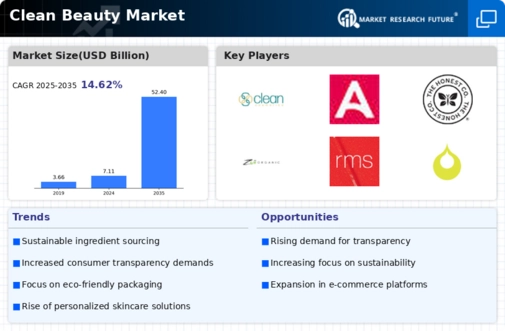
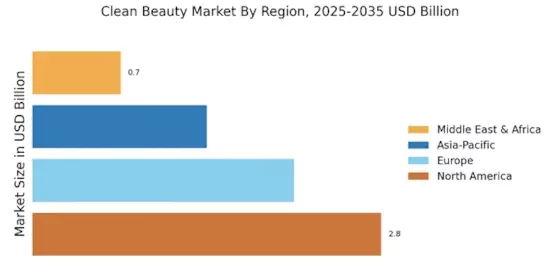
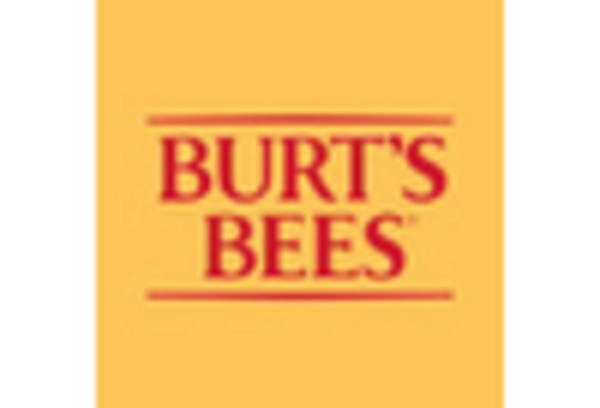
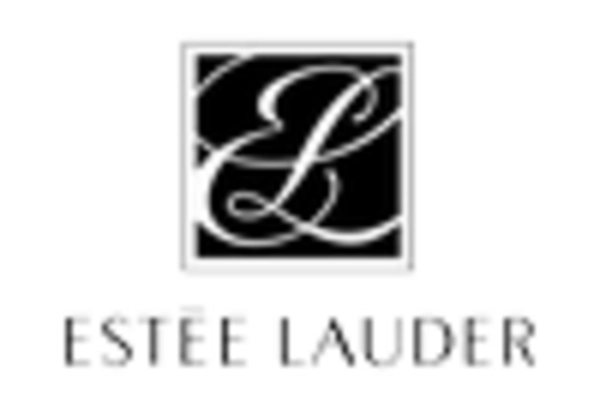
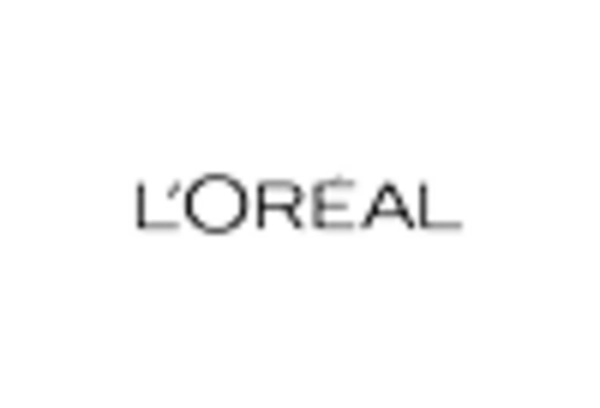
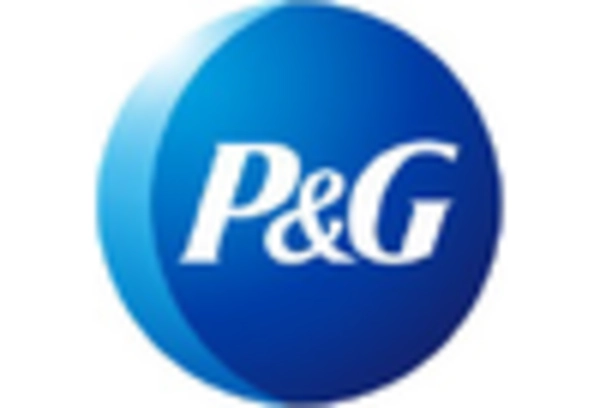
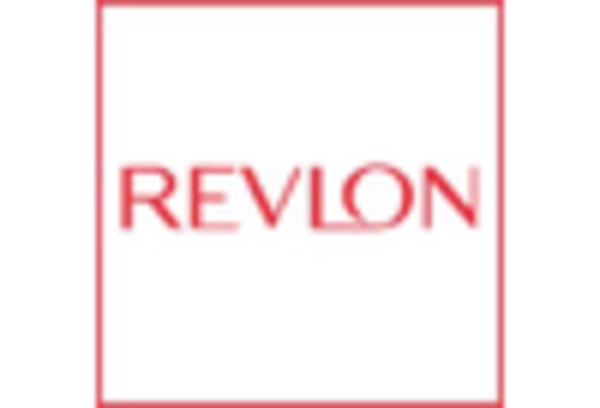
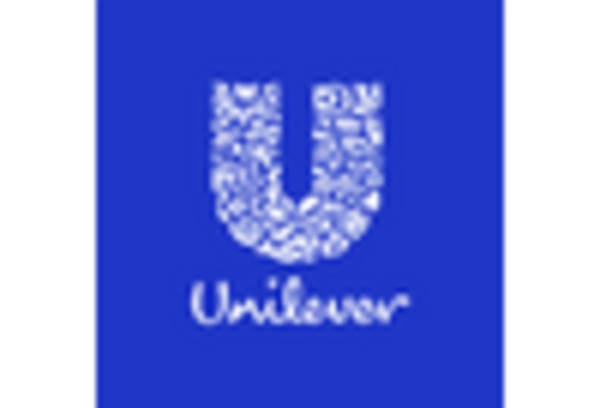








Leave a Comment